In the previous Vagabond Synth Nerd's Journal, I wrote about the vocoder section of the KingKORG NEO by Korg, which I purchased from Sound House, as well as providing information on the vocoder and writing about the albums that use the vocoder.
In this article, I would like to write about the KingKORG NEO synthesizer, including information about the legacy of the Korg Wave Station products that Korg has released in the past and which I have owned, and the development of new products that make use of this legacy.
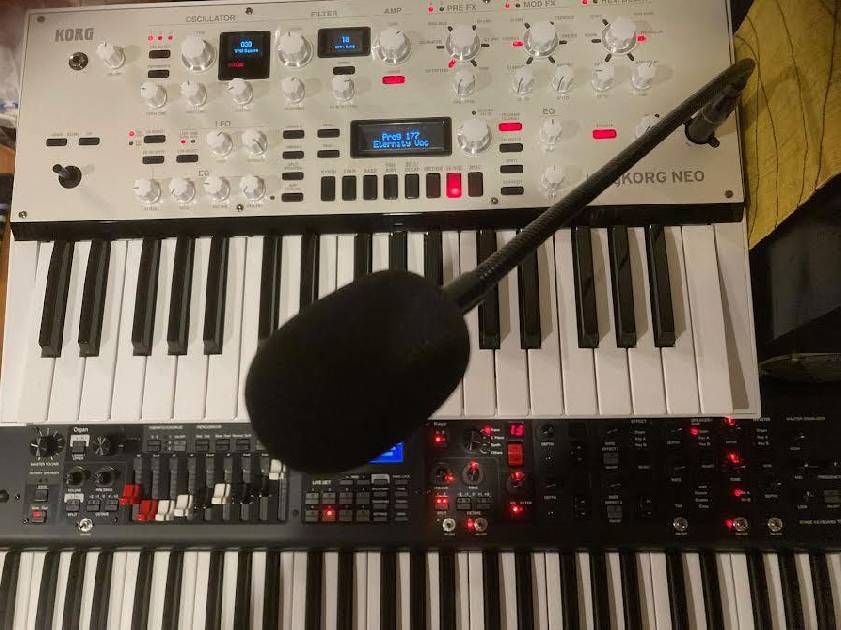
KingKORG NEO (top photo) and Yamaha YC61 (bottom photo) are both my personal instruments.
KORG / King KORG NEO Virtual Analog Synthesizer
■ What is KingKORG NEO?
KingKORG NEO is a virtual analog synthesizer released by Korg, and is a renewal version of the “KingKORG” released by Korg in 2013. Even though it is a renewal version, the number of keys has decreased and the price has also gone down
Korg has released three relatively inexpensive digital models, separate from its flagship models such as the wavestate mkII, modwave mkII, and op six mkII.
KORG / wavestate mk II Synthesizer
KORG / modwave mk II Wave Table Synthesizer
KORG / opsix mk II Altered FM Synthesizer
These synthesizers have inherited the features that made the classic Korg synthesizers so popular in the past, and they are even more advanced versions of those classic models.
The KingKORG NEO is no exception. It is part of the same family as the three digital models.
These models all have 37 keys, not mini-keys, and they all use the same body. As you can see from the photo, they have a shape that is close to a square. This is because there are no pitch bend and modulation wheels on the left side of the keyboard, and the panel on the lower left has a joystick that can be used to control the wheels and other functions.
In order to reduce costs, the power supply is not included in the main unit, but is supplied by an AC adapter. The light weight of the main unit is due in part to this.
■ The synthesizer that became the basis for Korg's strategy
The Korg Wavestation, a classic machine from the past, has been reborn as the Wavestation Mk II. The Modwave Mk II is also an upgraded version of the DW-6000 and 8000, synthesizers that were extremely popular in the past. The OP-6 MKII is based on the know-how of the DX7 and FM sound source synthesizers that company Y made a big hit with around the world in the 1980s.
Korg has released a version of this synthesizer at a low price, based on the know-how of such a famous machine.
In that sense, it is also a very good deal for users who are new to synthesizers, and I think it is a great thing that you can get a synthesizer that is an added bonus to a famous synthesizer at a low price.
Korg's Legacy Synth, the Wavestation
I used to own a Korg Wavestation synthesizer, which was the predecessor to the wavestate mkⅡ.

Korg Wavestation(from Wikipedia)
The Wavestation was a synthesizer with a new concept that generated waveforms by connecting sampled PCM waveforms.
The staff involved in developing the famous Profit VS synthesizer released by Sequential were involved in creating the vector synthesis system.
There is also a device called the “PRO VS MINI” that is currently on sale from company B, which is a compact version of the Profit VS sound source. I'm thinking of getting one myself.
The Wavestation gained popularity with users for its innovative nature, and it spread all over the world. Although it was a little troublesome to create sounds, it allowed you to create sounds that had never been heard before. It was also used to create music for TV programs because of its great sound effects.
The wavestate mkⅡ, which is an even more advanced version of that synthesizer, was released, and I bought it.
This is because I had the image that the Wavestation was a good instrument.
However, the wavestate mkⅡ was too complicated for me as an analog human. At the time, Wavestations that could be used by people who could handle this cost over 200,000 yen, so the fact that you can buy an upgraded version of this instrument for around 70,000 yen is like a dream come true.
The wavestate mkⅡ has a deep and complex structure, so I recommend that anyone with the skills to handle it should definitely give it a try.
Next up is a hands-on report on the KingKORG NRO.
■ KingKORG NEO was an advanced virtual analog synthesizer!
The first thing I felt when I lifted the instrument was that it was “light”. That was my first impression. The power is supplied from an AC adapter. It's a budget-priced synthesizer, so it's inevitable that they have to cut costs. However, the lightness is amazing, and it's very convenient to take to the studio for practice. It has 37 keys. I think it would be better if it had a more expensive keyboard. Korg originally uses Japanese-made keyboards in its flagship synthesizers, such as the Prologue. This keyboard is really great, so I really hope they release a version with this keyboard.
Now let's try playing the preset sounds.
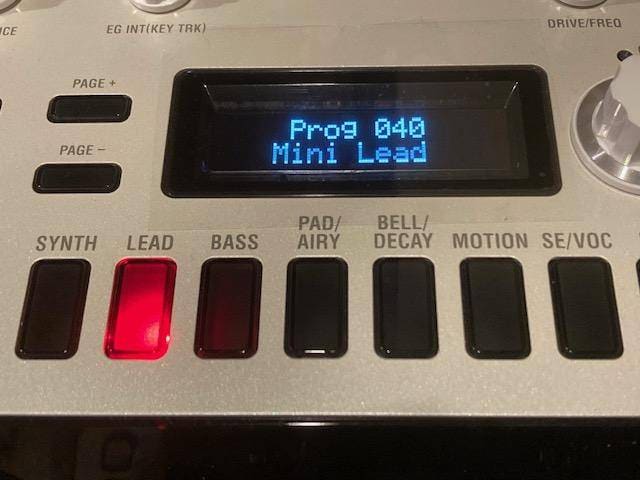
Panel of the KingKORG NEO (my personal item)
The presets give the impression of being a collection of sounds that are very much like those of a virtual analog synthesizer.
As you can see from the photo, the presets on the KingKORG NEO are divided into categories such as synth, lead, and bass, and you select a category and then turn the dial on the right of the LCD screen to select a sound. Since this synthesizer is marketed for its fat sound, I'll try selecting Mini Lead, which is thought to simulate the lead sound of the Minimoog as indicated on the LCD panel.
The sound was exactly like that of a Minimoog. When I reported on the Yamaha YC61 in the past, there was a sound that simulated the lead sound of Greg Mathison's Minimoog. The KingKORG NEO had a preset sound that was exactly like that. The sound of the KingKORG NEO was made from an oscillator, and the YC61 was made from an FM sound source synthesizer, so it's hard to say which is better. Of course, there are differences in the sound. I also tried using Greg Mathison's Minimoog lead on the Sequential TAKE5. The closest I got was with TAKE5. This is to be expected, as it is an analog synthesizer. It has the warmth and fullness that is unique to analog. The sound was so close that I wondered if it would be possible to get this close even with an FM sound source.
KingKORG NEO also has a similar sound, but it feels a little more sharp. Even though I control the cutoff with the VCF, the sharpness doesn't disappear. Ultimately, I think it also has to do with the quality of the original oscillator and DA converter. I think I need to study and improve my skills a little more in this area.
The presets of the virtual analog synthesizer KingKORG NEO are good at producing analog-like sounds.
However, it is not just a virtual analog synthesizer, and it also has a wide range of bell-like sounds that cannot be produced by analog synthesizers. It also has a vocoder. If it can produce this many sounds at this price, I think it is a synthesizer that can be used well.
Next time, I will report on the functions of the KingKORG NEO in detail, as well as the sound creation that goes with them. Please look forward to it.
⇨ Sound House Piano/Synthesizer List
The “sound & person” column is made up of contributions from you.
For details about contributing, click here.





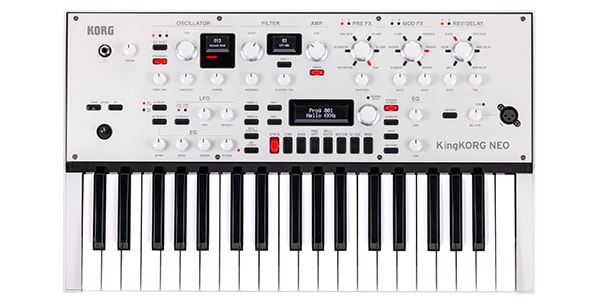
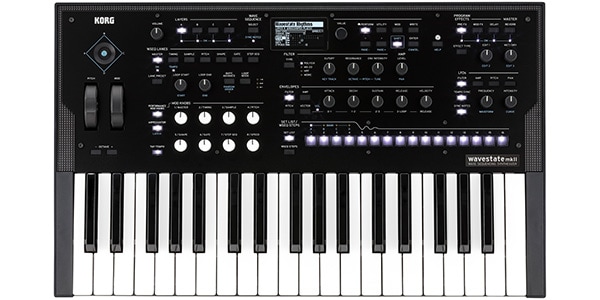
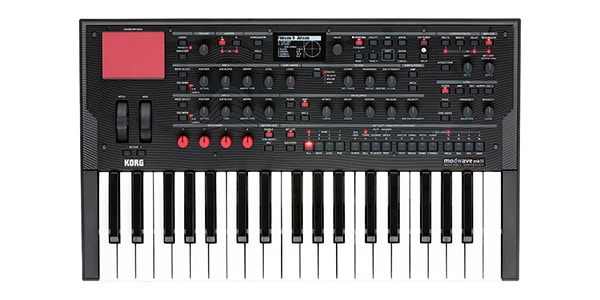
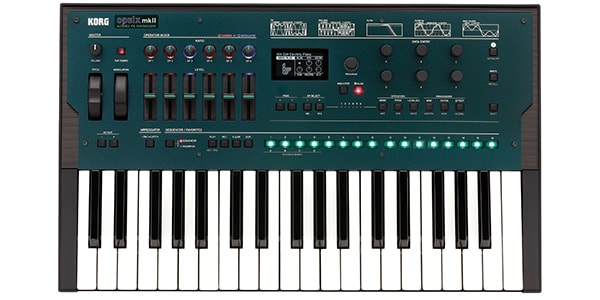







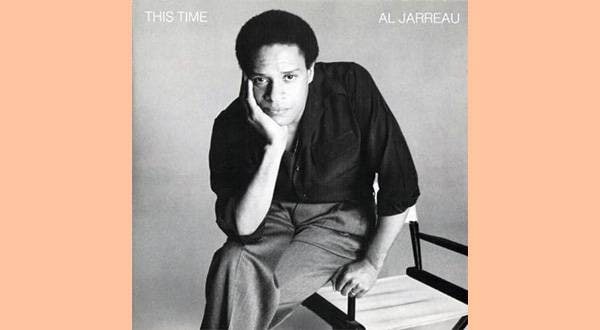

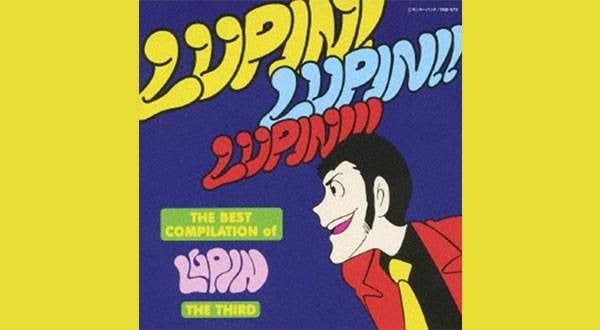


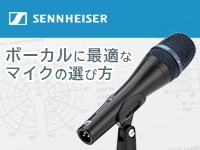 Sennheiser ボーカルに最適なマイクの選び方
Sennheiser ボーカルに最適なマイクの選び方
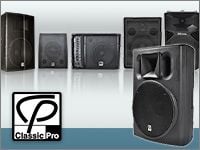 スピーカーの定番 Classic Proのおすすめモデル
スピーカーの定番 Classic Proのおすすめモデル
 初心者向けUSBマイクの選び方
初心者向けUSBマイクの選び方
 BOSS ボーカル・エフェクターのススメ
BOSS ボーカル・エフェクターのススメ
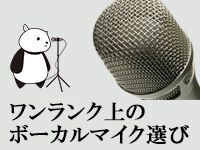 ワンランク上のボーカルマイク選び
ワンランク上のボーカルマイク選び















